Home>Home Appliances>Home Automation Appliances>When Was Alexa Made
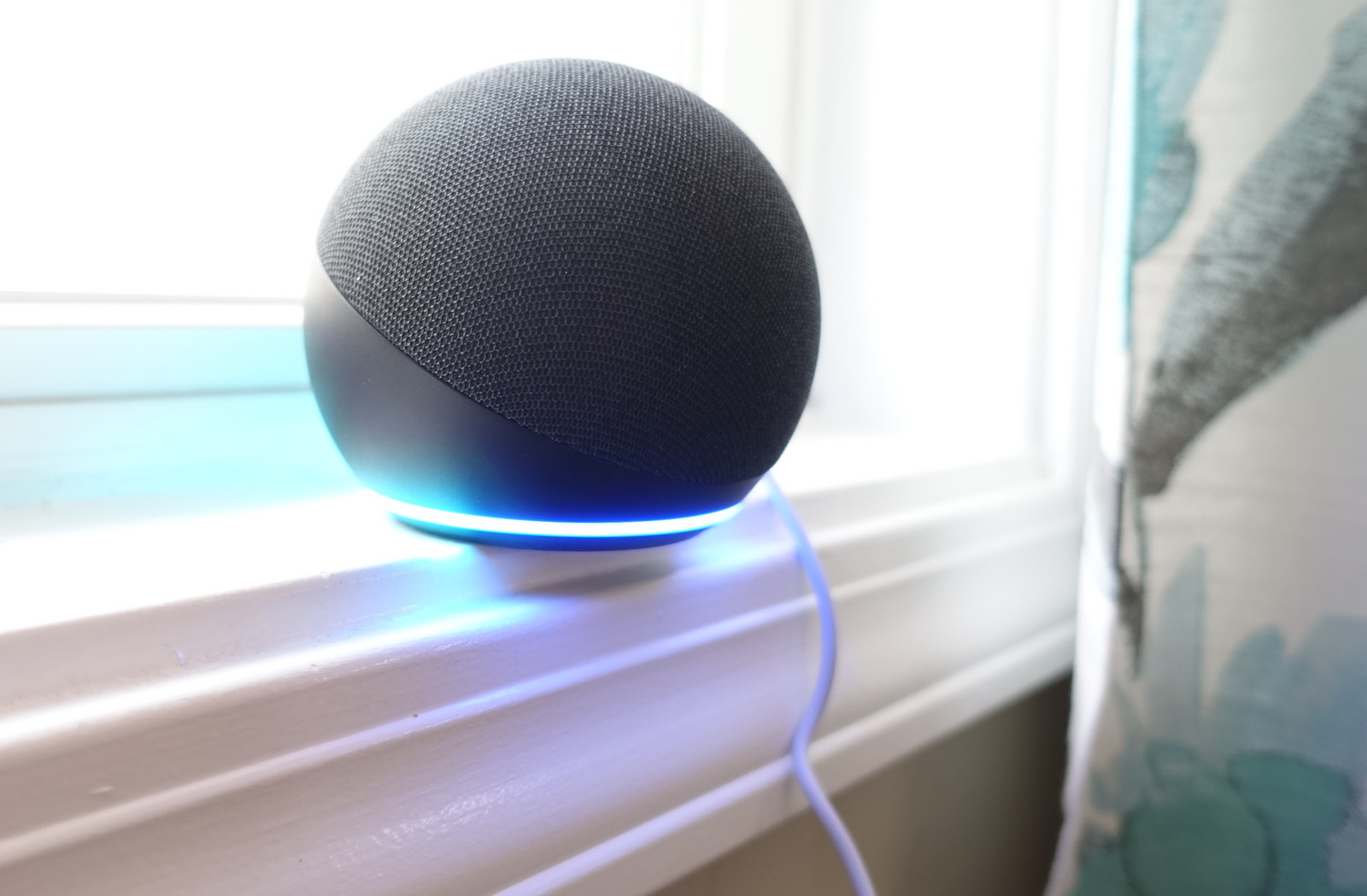

Home Automation Appliances
When Was Alexa Made
Published: December 31, 2023
Discover the history of Alexa and its impact on home automation appliances. Learn when Alexa was created and how it revolutionized smart home technology. Explore the evolution of voice-activated devices.
(Many of the links in this article redirect to a specific reviewed product. Your purchase of these products through affiliate links helps to generate commission for Storables.com, at no extra cost. Learn more)
**
Introduction
**
Welcome to the fascinating world of home automation, where technology seamlessly integrates with our daily lives to make tasks more convenient and enjoyable. In this article, we will delve into the creation and evolution of one of the most iconic and innovative home automation devices: Alexa. From its inception to the present day, Alexa has revolutionized the way we interact with our homes, providing unparalleled convenience and efficiency. Join us as we explore the journey of Alexa, uncovering the remarkable technology and visionary minds behind its development.
Key Takeaways:
- The Creation of Alexa
Alexa was created by Amazon to revolutionize home automation, using advanced technology to understand and respond to natural language commands, bridging the gap between humans and technology. - The Evolution of Alexa
From its debut to becoming a ubiquitous presence in modern homes, Alexa has continuously evolved with expanded capabilities, proactive features, and seamless connectivity, redefining the essence of smart living.
Read more: When Is Alexa Listening
The Creation of Alexa
It all began with a vision to redefine the way we interact with our living spaces. Amazon, a global leader in e-commerce and technology, set out to create a cutting-edge virtual assistant that would seamlessly integrate with our homes. The concept of Alexa emerged as a result of extensive research and development, aiming to bring the futuristic concept of voice-controlled automation into reality.
The team behind Alexa envisioned a device that could understand and respond to natural language commands, effectively bridging the gap between humans and technology. This ambitious undertaking required the convergence of advanced artificial intelligence, natural language processing, and cloud computing, laying the foundation for a groundbreaking innovation that would revolutionize the concept of smart homes.
With a relentless pursuit of innovation and a deep understanding of consumer needs, Amazon embarked on a journey to bring Alexa to life. The development process involved a multidisciplinary approach, combining the expertise of software engineers, machine learning specialists, and user experience designers. The goal was to create a virtual assistant that could not only perform tasks but also engage in meaningful and intuitive conversations with users, elevating the concept of home automation to unprecedented heights.
Through meticulous planning and relentless innovation, the groundwork for Alexa was laid, setting the stage for a transformative leap in the realm of smart home technology. The creation of Alexa marked a pivotal moment in the evolution of home automation, introducing a new era of seamless connectivity and intelligent interaction within our living spaces.
The Development of Alexa Technology
The evolution of Alexa technology represents a remarkable fusion of artificial intelligence, machine learning, and advanced hardware integration. At the core of Alexa’s development lies a sophisticated infrastructure designed to comprehend, process, and respond to human commands with unparalleled accuracy and efficiency.
Artificial Intelligence (AI) forms the backbone of Alexa’s capabilities, enabling the virtual assistant to interpret and execute a diverse range of commands. Through the implementation of machine learning algorithms, Alexa continuously refines its understanding of user preferences, speech patterns, and contextual cues, thereby enhancing its ability to deliver personalized and intuitive experiences.
One of the defining features of Alexa is its cloud-based architecture, which empowers the virtual assistant to access vast repositories of information in real time. This seamless integration with cloud computing infrastructure enables Alexa to provide instant responses to queries, deliver up-to-date news and weather updates, and effortlessly synchronize with a myriad of smart home devices.
The development of Alexa technology also encompasses the integration of natural language processing (NLP), allowing the virtual assistant to comprehend and respond to conversational prompts in a remarkably human-like manner. By leveraging advanced NLP algorithms, Alexa can decipher complex sentence structures, infer contextual meanings, and adapt to diverse linguistic nuances, thereby fostering a truly interactive and engaging user experience.
Furthermore, the continuous refinement of Alexa’s hardware components has been instrumental in enhancing its sensory capabilities. From far-field microphones that capture voice commands with exceptional clarity to high-fidelity speakers that deliver immersive audio experiences, Alexa’s hardware evolution has been pivotal in elevating the overall user engagement and functionality of the virtual assistant.
As a testament to relentless innovation, the development of Alexa technology has transcended traditional boundaries, ushering in a new era of intelligent and intuitive home automation. The seamless convergence of AI, machine learning, cloud computing, natural language processing, and advanced hardware integration has positioned Alexa as a trailblazing virtual assistant, redefining the very essence of smart living.
Tip: Alexa was created by Amazon and was first introduced to the public in November 2014. It is a virtual assistant that uses voice recognition and artificial intelligence to perform tasks and answer questions.
The Launch of Alexa
The eagerly anticipated launch of Alexa marked a watershed moment in the realm of smart home technology, heralding a new era of seamless connectivity and intuitive automation. Amazon unveiled its revolutionary virtual assistant, Alexa, alongside the groundbreaking Echo speaker, introducing a paradigm shift in the way we interact with our living spaces.
With a captivating blend of innovation and user-centric design, the launch of Alexa and the Echo speaker captured the imagination of consumers worldwide. The sleek, cylindrical form factor of the Echo speaker seamlessly integrated with modern home decor, while concealing a powerful array of microphones and speakers that formed the backbone of the Alexa experience.
At the heart of the launch was the promise of effortless voice control, empowering users to accomplish a myriad of tasks simply by uttering natural language commands. Whether it was playing music, setting reminders, controlling smart home devices, or accessing real-time information, Alexa’s debut heralded a new era of hands-free convenience within the home environment.
Furthermore, the launch of Alexa was accompanied by an extensive ecosystem of third-party integrations, allowing the virtual assistant to seamlessly interact with a diverse array of smart home devices, streaming services, and productivity tools. This expansive compatibility transformed Alexa into a central hub for smart living, offering unparalleled versatility and interoperability.
The intuitive nature of Alexa’s interface and its ability to adapt to diverse user preferences positioned it as a trailblazing innovation that transcended traditional virtual assistants. The launch of Alexa not only introduced a groundbreaking product but also laid the foundation for a dynamic and evolving platform that would continually expand its capabilities and integrations.
As consumers embraced the transformative potential of Alexa, the virtual assistant quickly garnered widespread acclaim for its seamless integration, intuitive responsiveness, and unwavering commitment to user-centric innovation. The launch of Alexa represented a pivotal moment in the evolution of smart home technology, setting a new standard for intelligent and interconnected living spaces.
The Evolution of Alexa
From its groundbreaking debut to its current status as a ubiquitous presence in modern homes, the evolution of Alexa has been characterized by continuous innovation, expanded capabilities, and a steadfast commitment to enhancing the user experience. As the pioneering virtual assistant in the realm of home automation, Alexa has undergone a remarkable evolution, transcending its initial capabilities to become an indispensable component of smart living.
One of the defining milestones in the evolution of Alexa was the introduction of Skills, which expanded the virtual assistant’s repertoire to encompass a diverse array of functionalities. Skills empowered developers to create custom voice commands and interactions, effectively broadening Alexa’s utility to encompass tasks ranging from ordering food to controlling smart home devices with unparalleled precision.
Furthermore, the evolution of Alexa witnessed the integration of proactive features, enabling the virtual assistant to anticipate user needs and deliver personalized recommendations and reminders. This proactive intelligence elevated the user experience to new heights, fostering a dynamic and intuitive interaction that transcended traditional virtual assistant capabilities.
As Alexa continued to evolve, the integration of multi-device functionality further enhanced its versatility and seamless connectivity. Users could effortlessly synchronize and control multiple Alexa-enabled devices, creating a cohesive and interconnected smart home ecosystem that responded to their commands with unparalleled efficiency.
The evolution of Alexa also encompassed advancements in natural language understanding and contextual awareness, enabling the virtual assistant to engage in more nuanced and human-like conversations. Alexa’s ability to comprehend complex queries, infer contextual meanings, and adapt to diverse linguistic nuances has solidified its position as a trailblazing innovation in the domain of conversational AI.
Moreover, the integration of multimedia capabilities, including audio streaming, interactive games, and multimedia content, expanded Alexa’s role beyond a mere virtual assistant, transforming it into a versatile entertainment hub within the home environment.
As Alexa continues to evolve, the relentless pursuit of innovation and user-centric design has cemented its status as a transformative force in the realm of home automation. The evolution of Alexa represents a testament to the boundless potential of technology to seamlessly integrate with our lives, enriching our daily experiences and redefining the very essence of smart living.
Frequently Asked Questions about When Was Alexa Made
Was this page helpful?
At Storables.com, we guarantee accurate and reliable information. Our content, validated by Expert Board Contributors, is crafted following stringent Editorial Policies. We're committed to providing you with well-researched, expert-backed insights for all your informational needs.




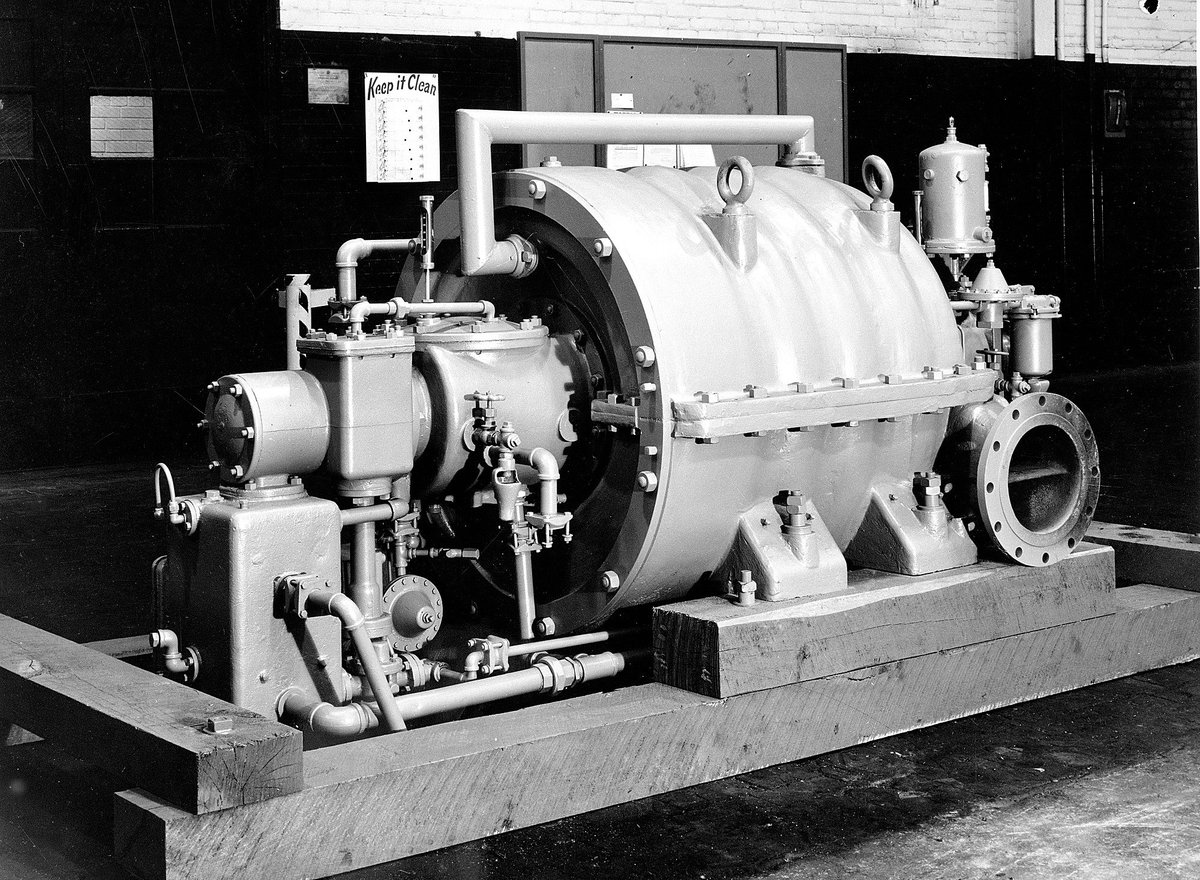

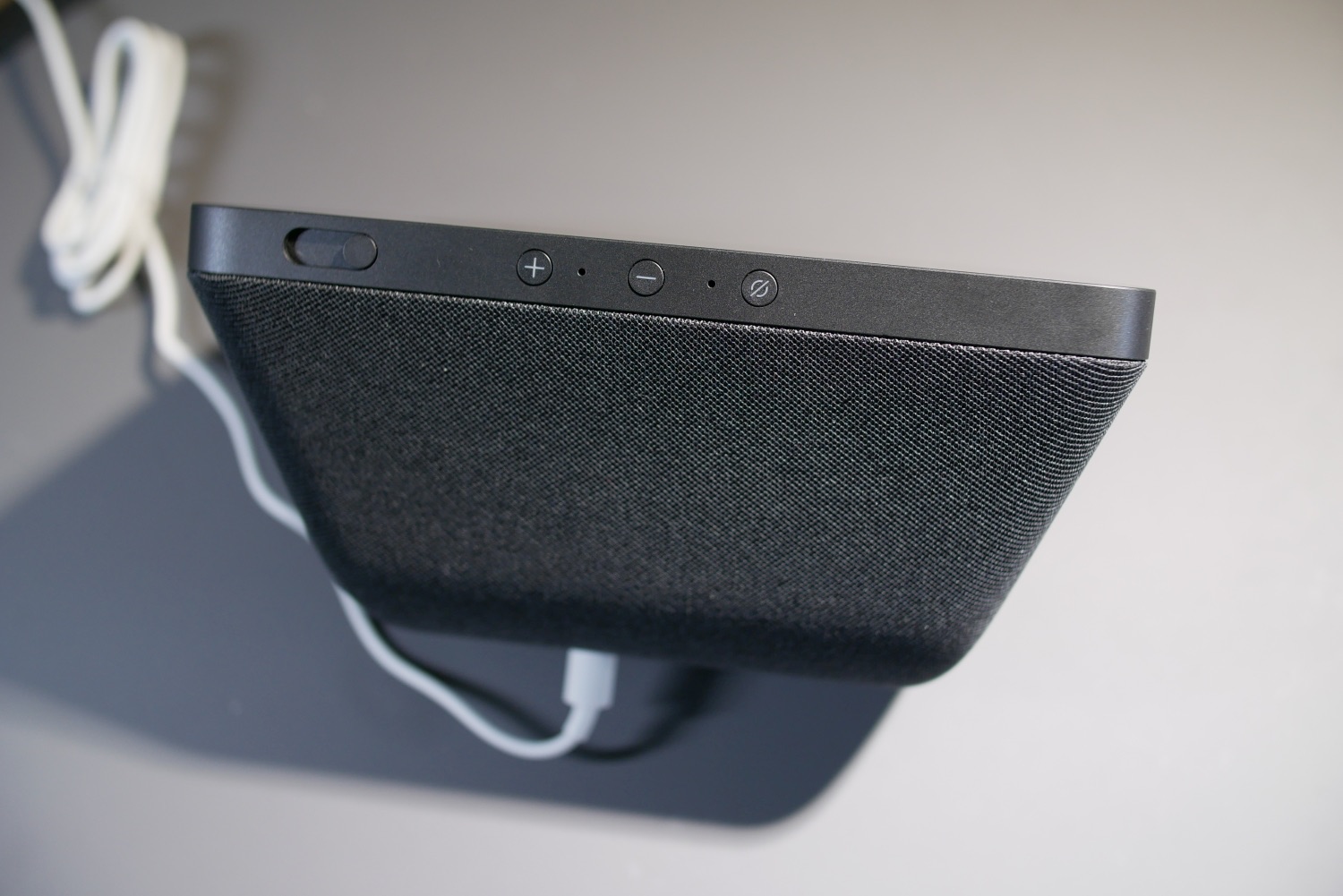
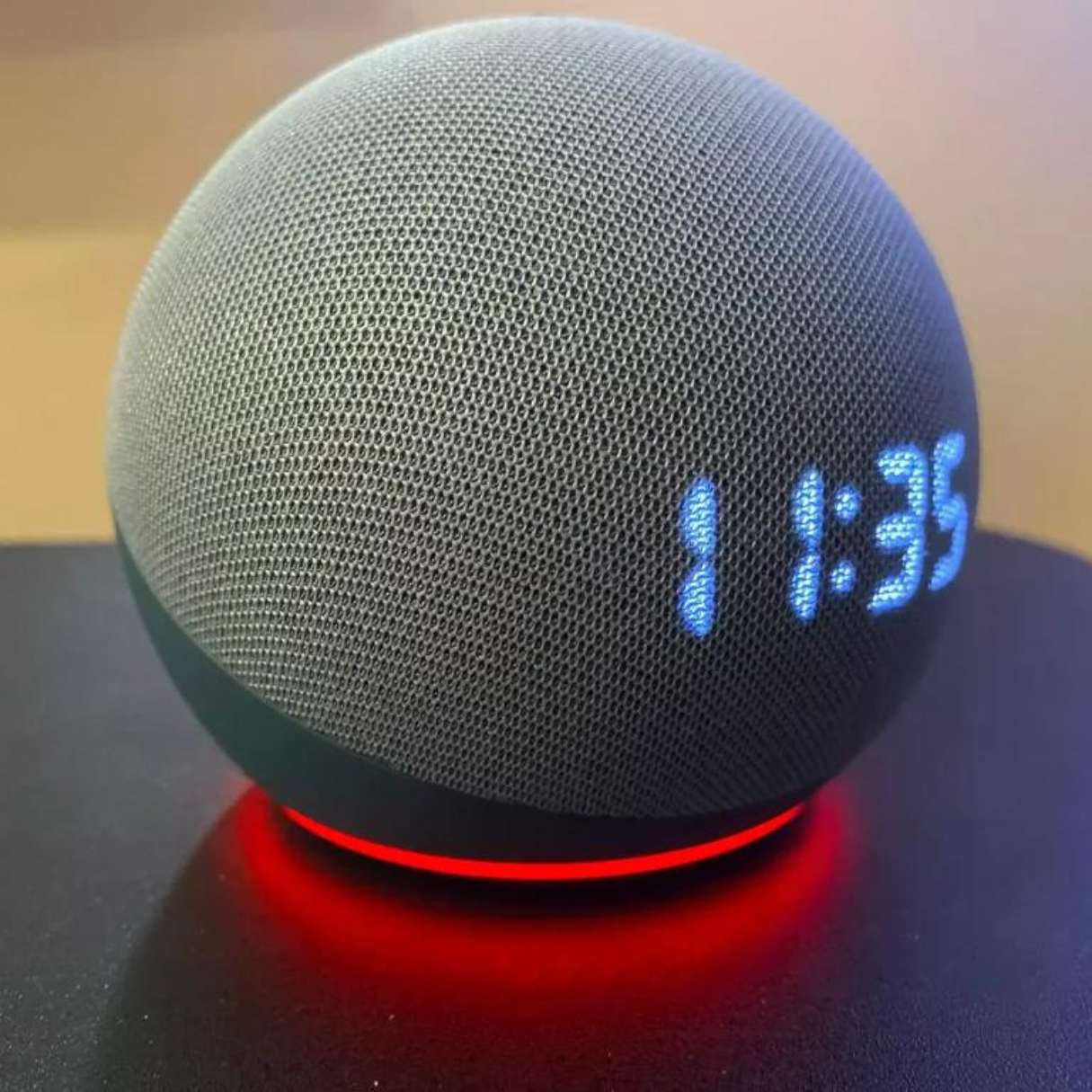

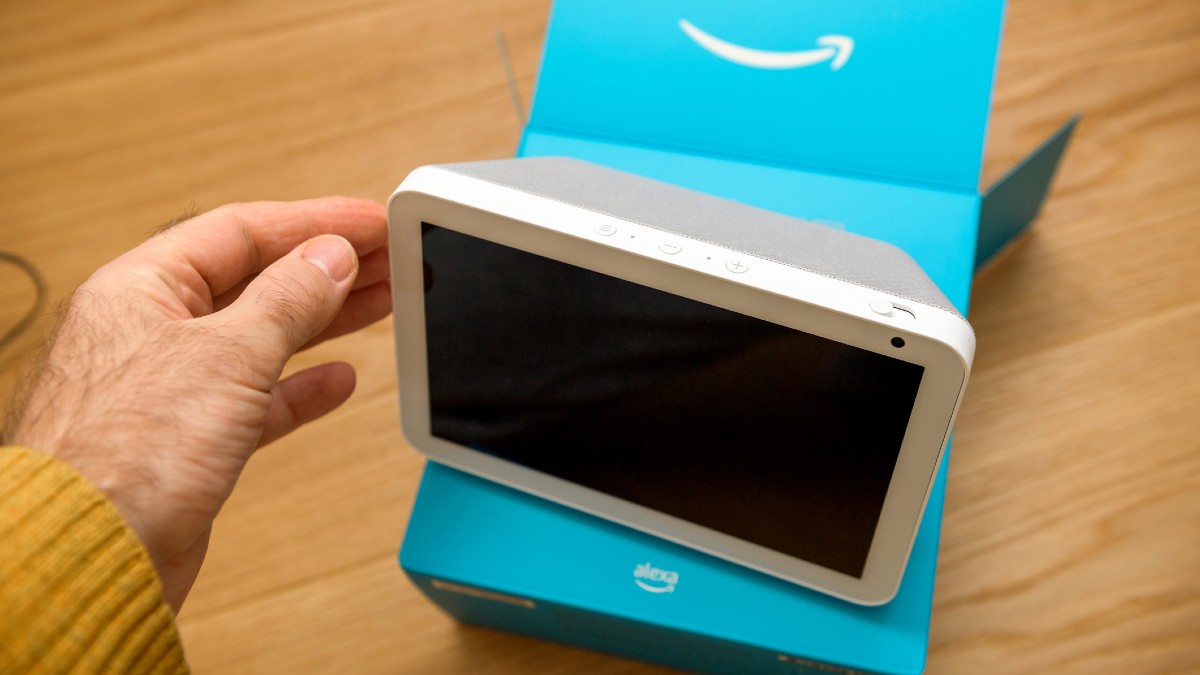
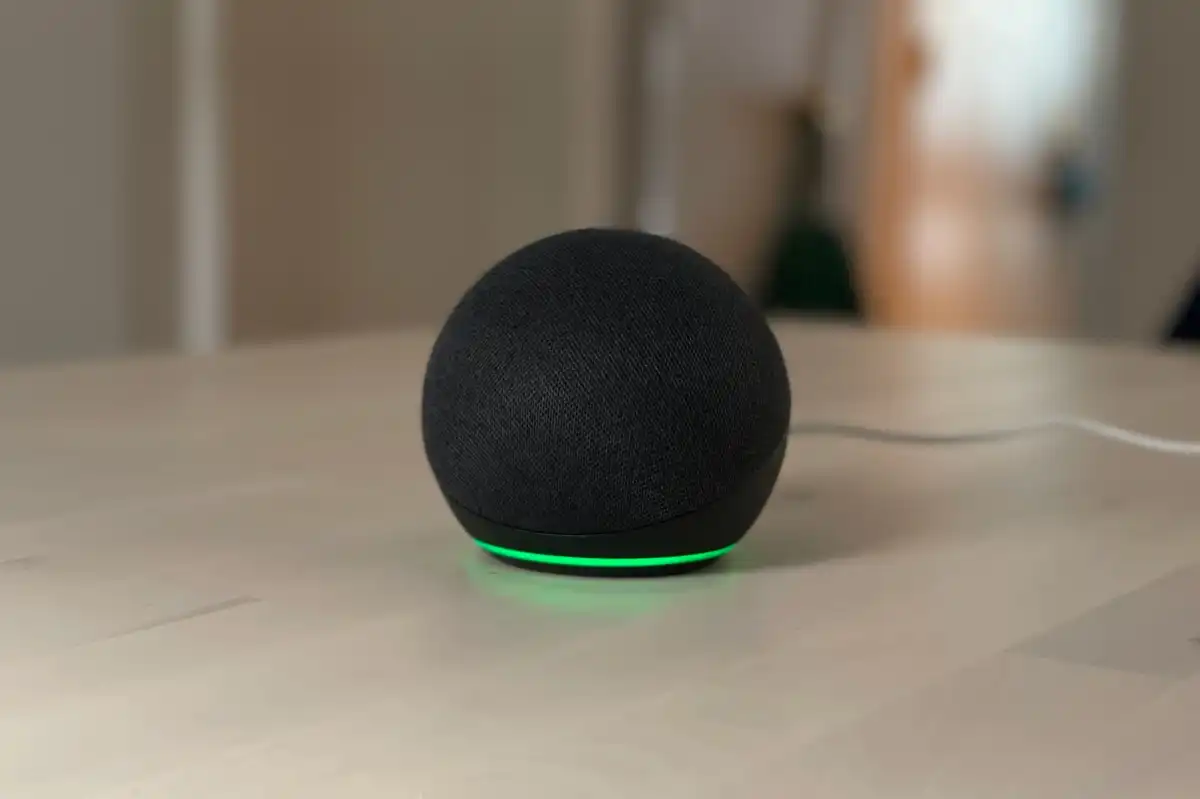



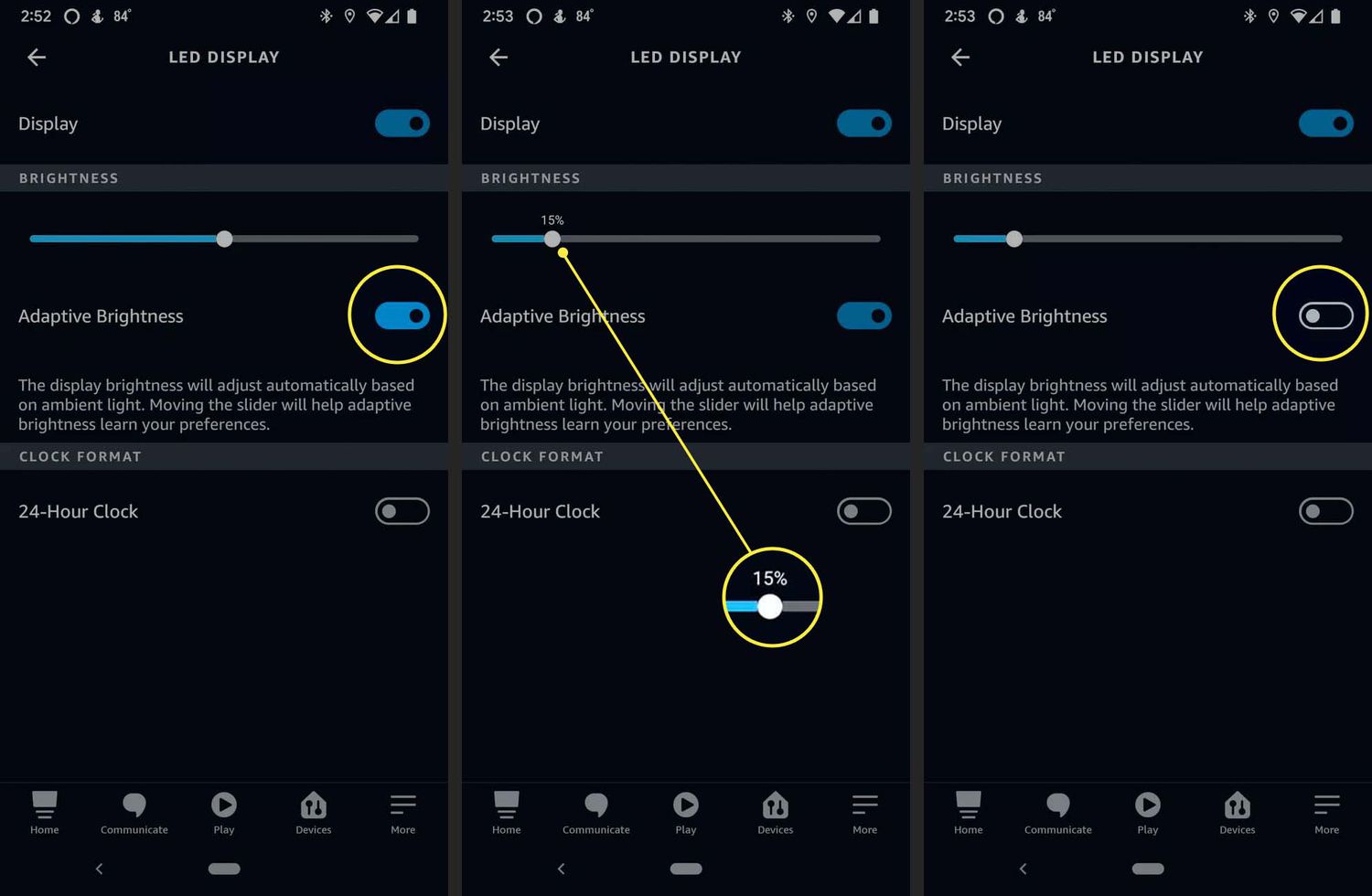

0 thoughts on “When Was Alexa Made”